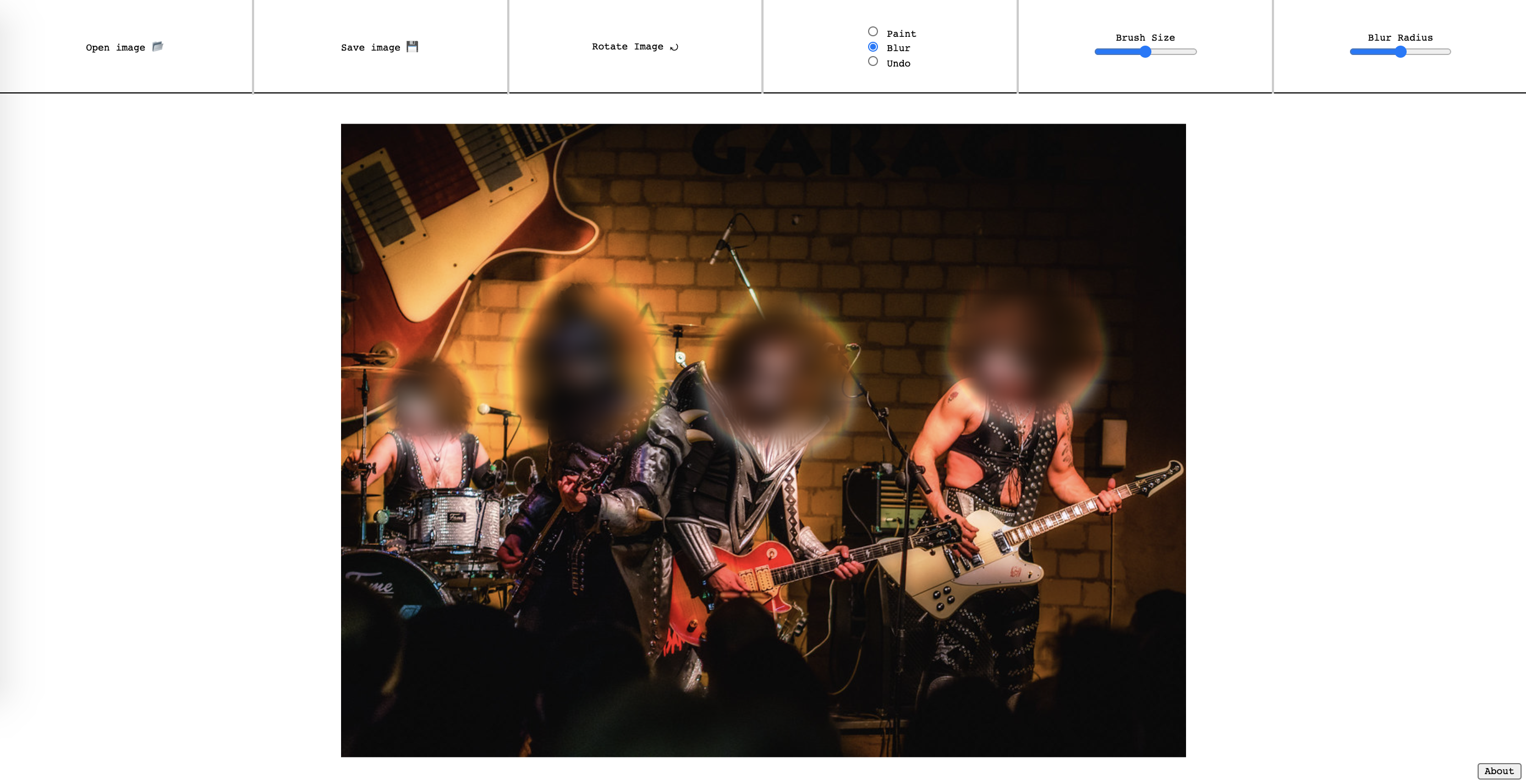A newly developed tool makes it very straightforward for a non-technical person to quickly blur faces in a photo and remove other potentially identifying data from the image, with the developer marketing the tool particularly to those who want to preserve anonymity at protests.
"Image Scrubber," developed by software artist Everset Pipkin, works on both mobile devices and laptops in a web browser, and in Motherboard's tests can blur an image in a few seconds if needed.
"This is a tool for anonymizing photographs taken at protests," Pipkin writes on the tool's website. As protesters have marched across the country over a white police officer killing unarmed black man George Floyd, multiple activists on social media have exhorted people to not share images of protesters' faces, for fear that they may face retaliation.

To use Image Scrubber, a user selects 'Open image' from the top of the screen, and then selects an image to upload. The tool then displays the image's so-called EXIF data; this is metadata attached to the image that, in some cases, can include location data of where the photo was taken, or the model of camera used. Motherboard verified that Image Scrubber did remove pieces of metadata from an image.
Do you know anything else about how protesters or law enforcement are using technology at this time? We’d love to hear from you. Using a non-work phone or computer, you can contact Joseph Cox securely on Signal on +44 20 8133 5190, Wickr on josephcox, OTR chat on jfcox@jabber.ccc.de, or email joseph.cox@vice.com.
The tool then presents an option to scrub that data; once clicked, the user is taken to the image itself to blur any parts they wish to. A user then clicks and drags, or presses with their finger, on the area they wish to blur. If they want to go further than just blurring, a paint option is available at the top of the screen too. After applying their redactions, a user saves the image itself.
Pipkin writes that the tool does not send information anywhere, and that the image processing happens on the device itself.
Subscribe to our cybersecurity podcast, CYBER.
from VICE https://ift.tt/3ezCXGQ
via cheap web hosting
No comments:
Post a Comment